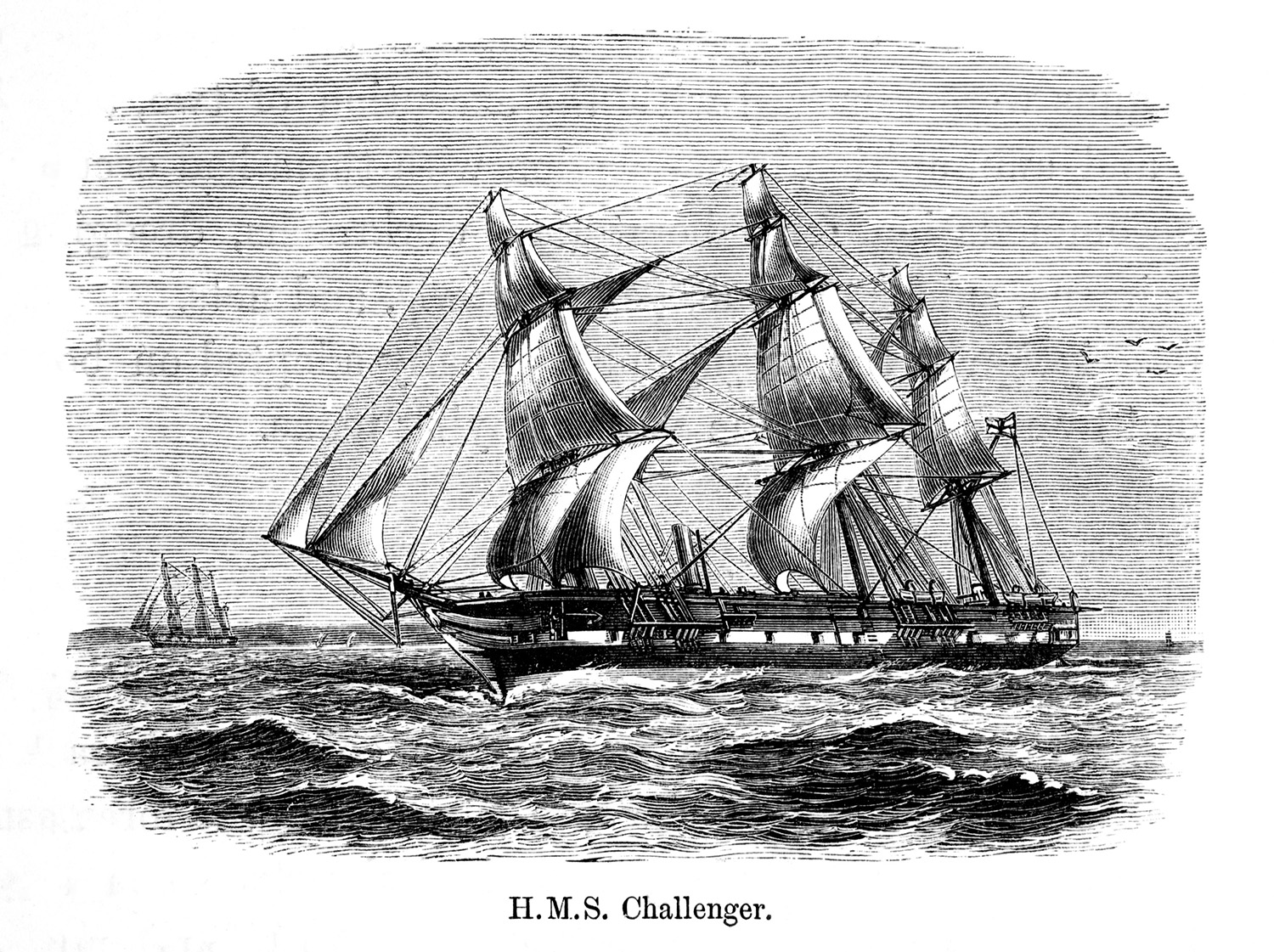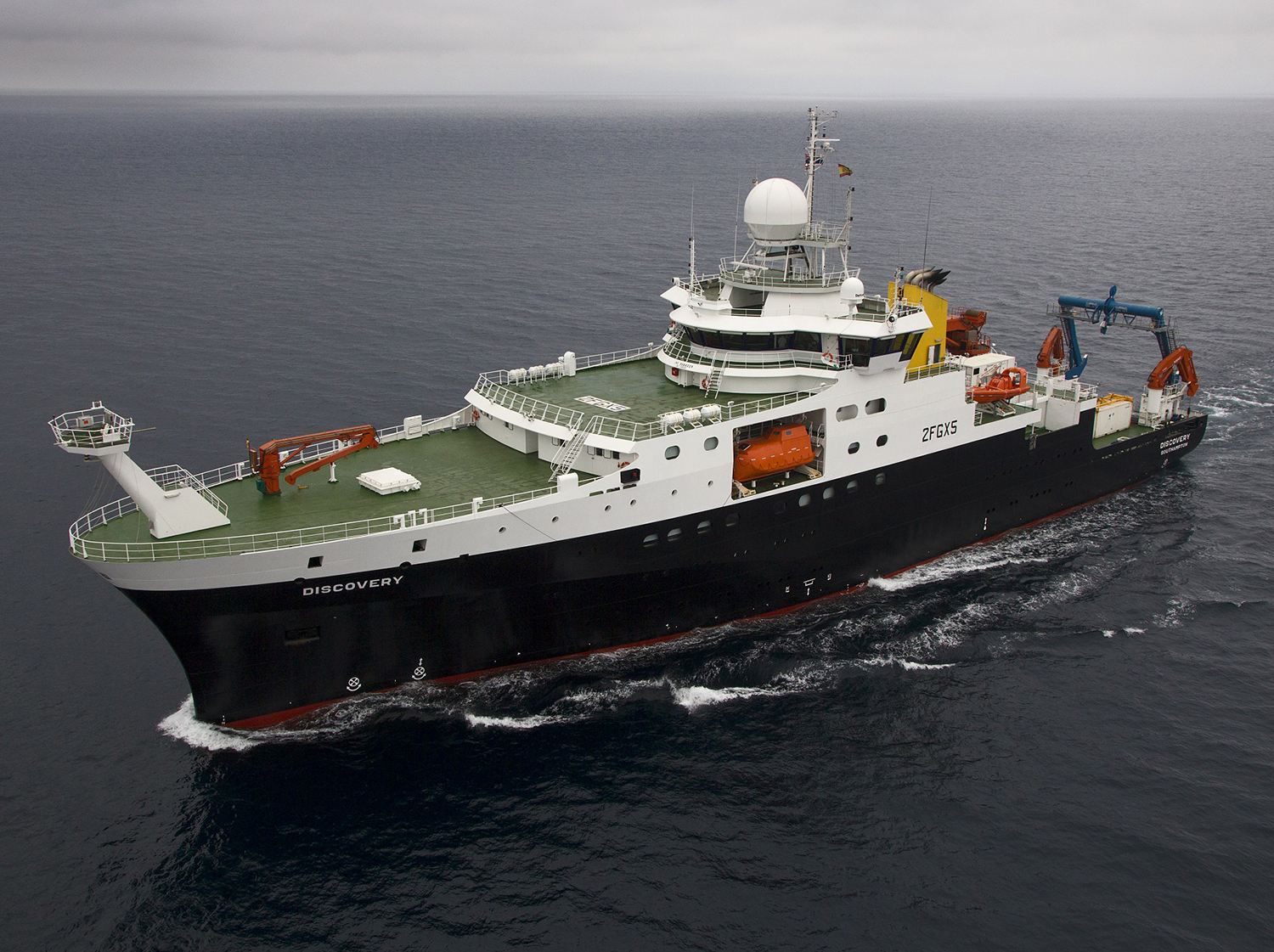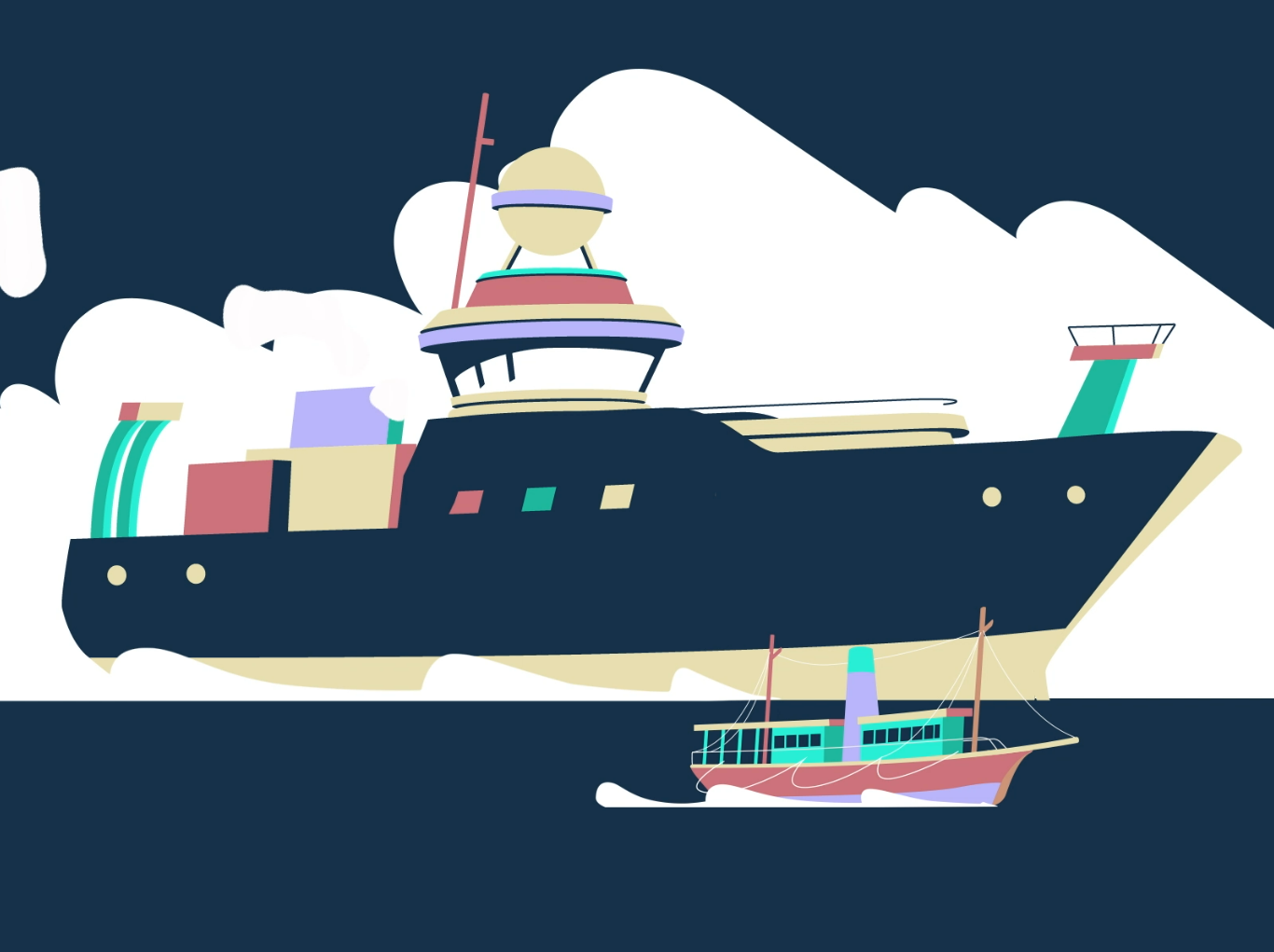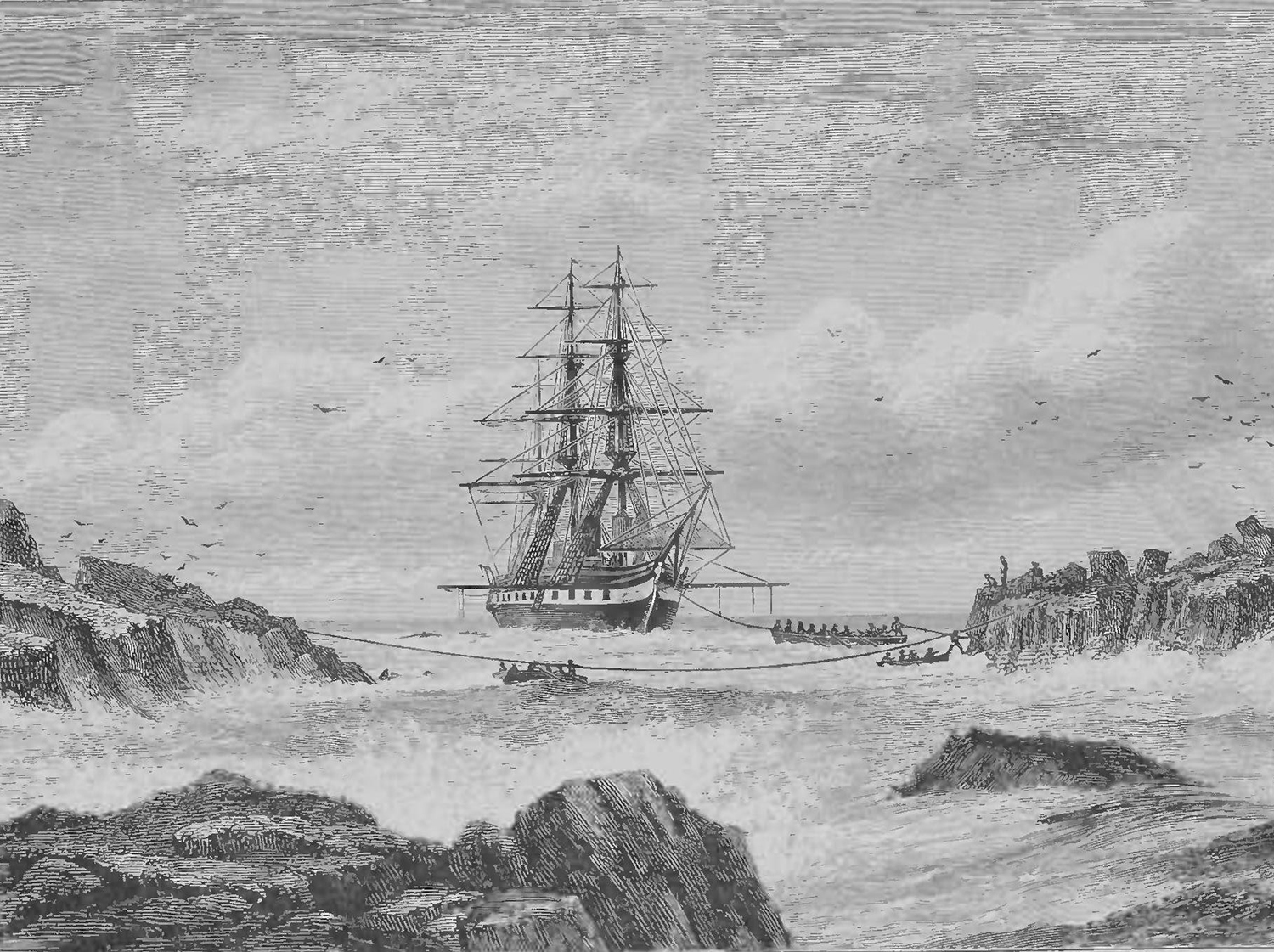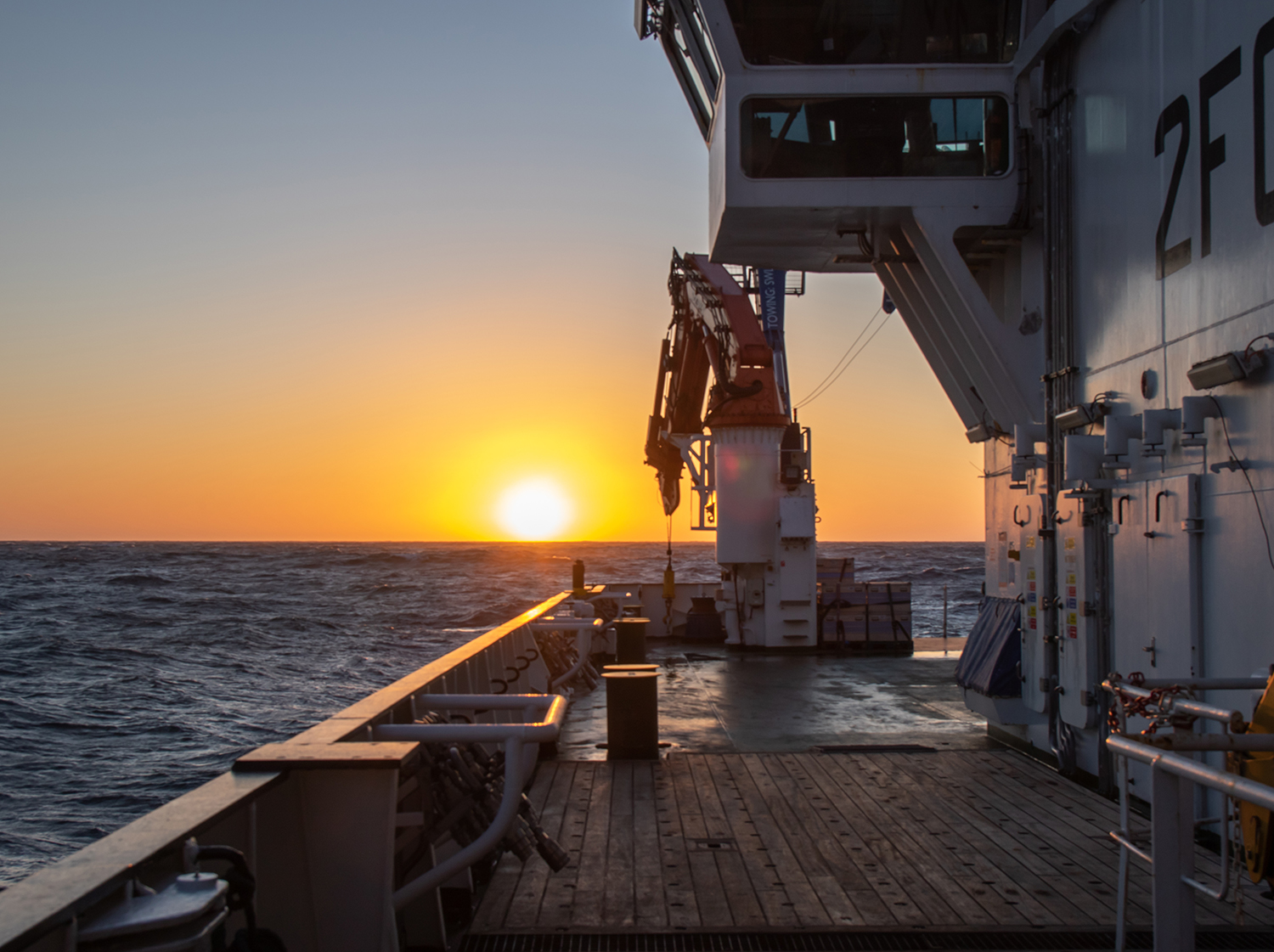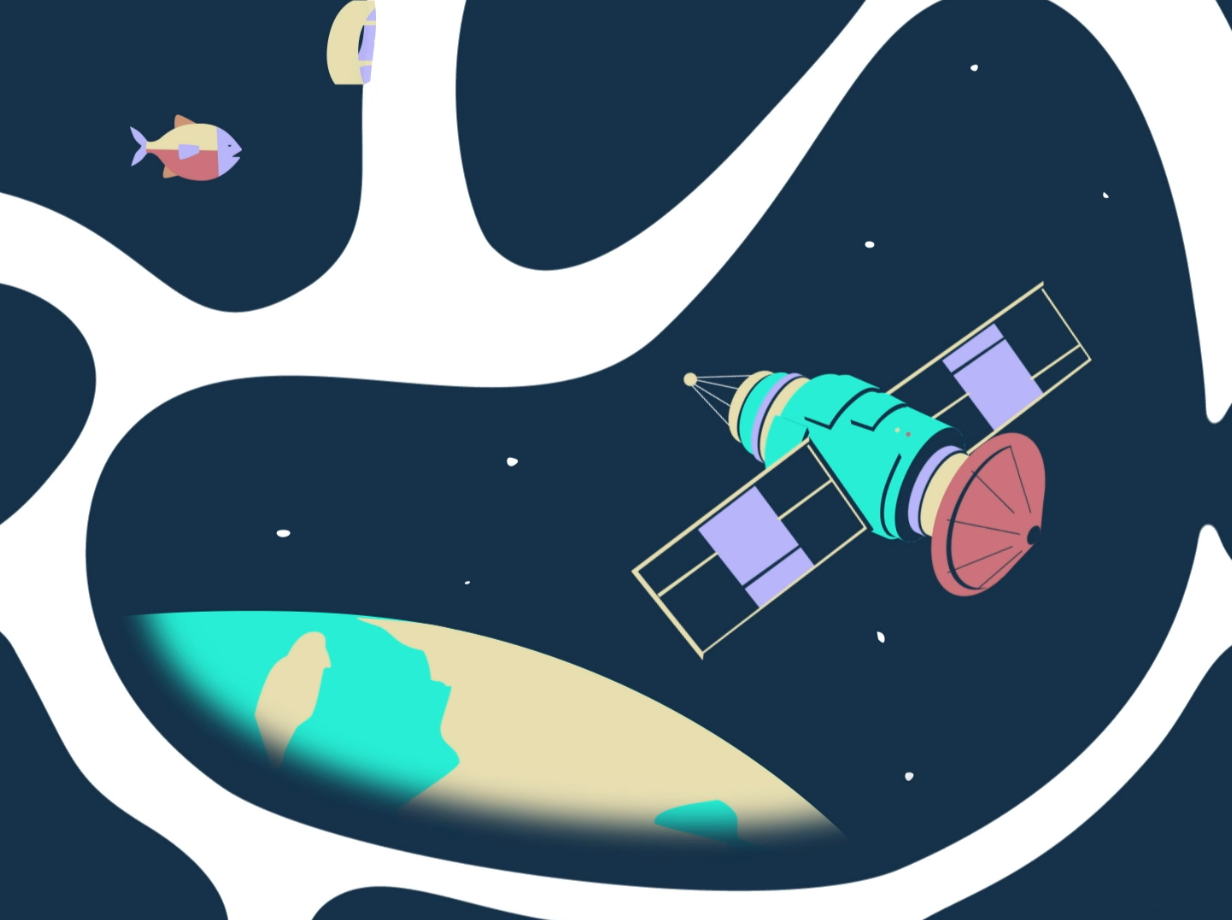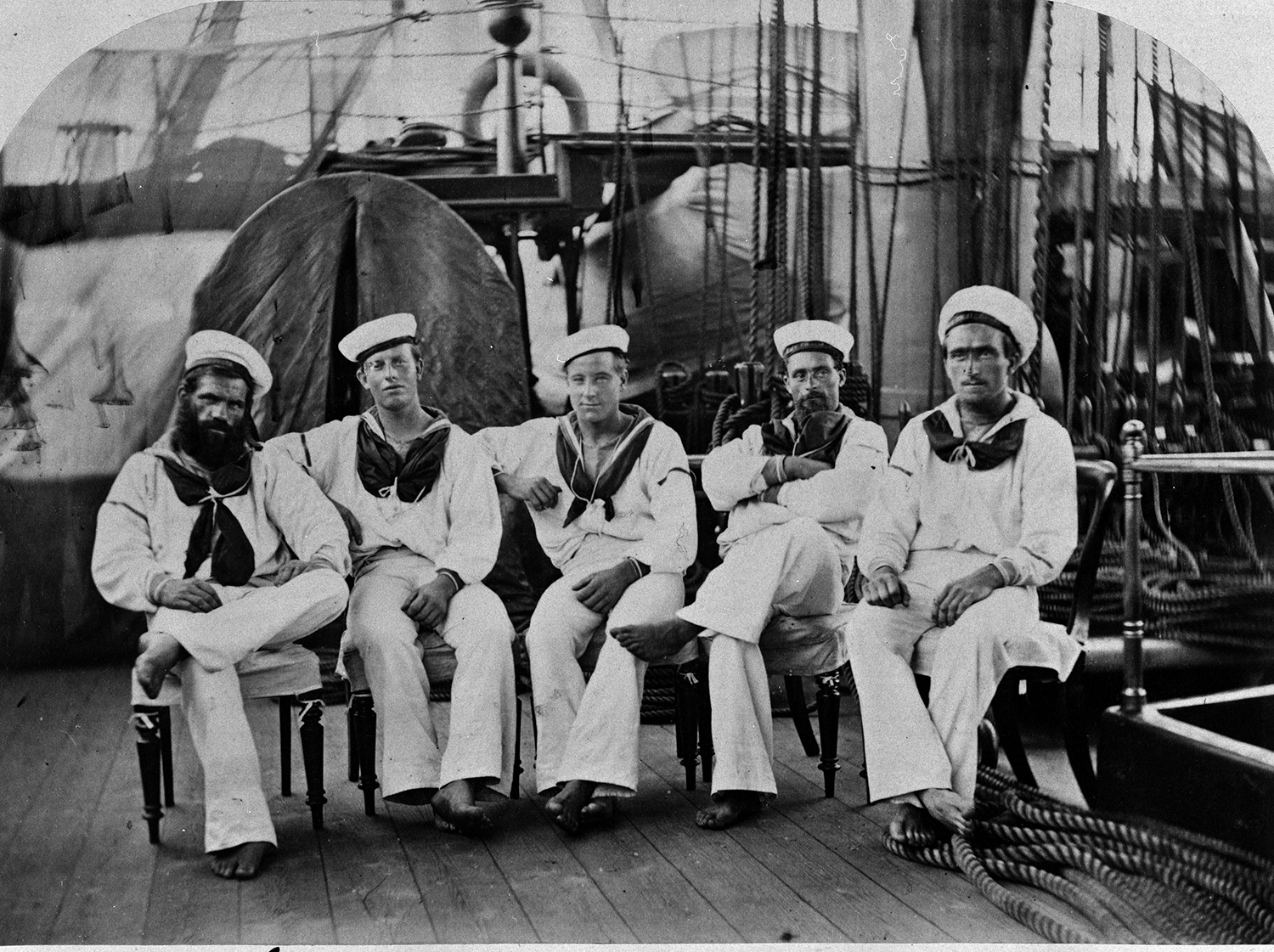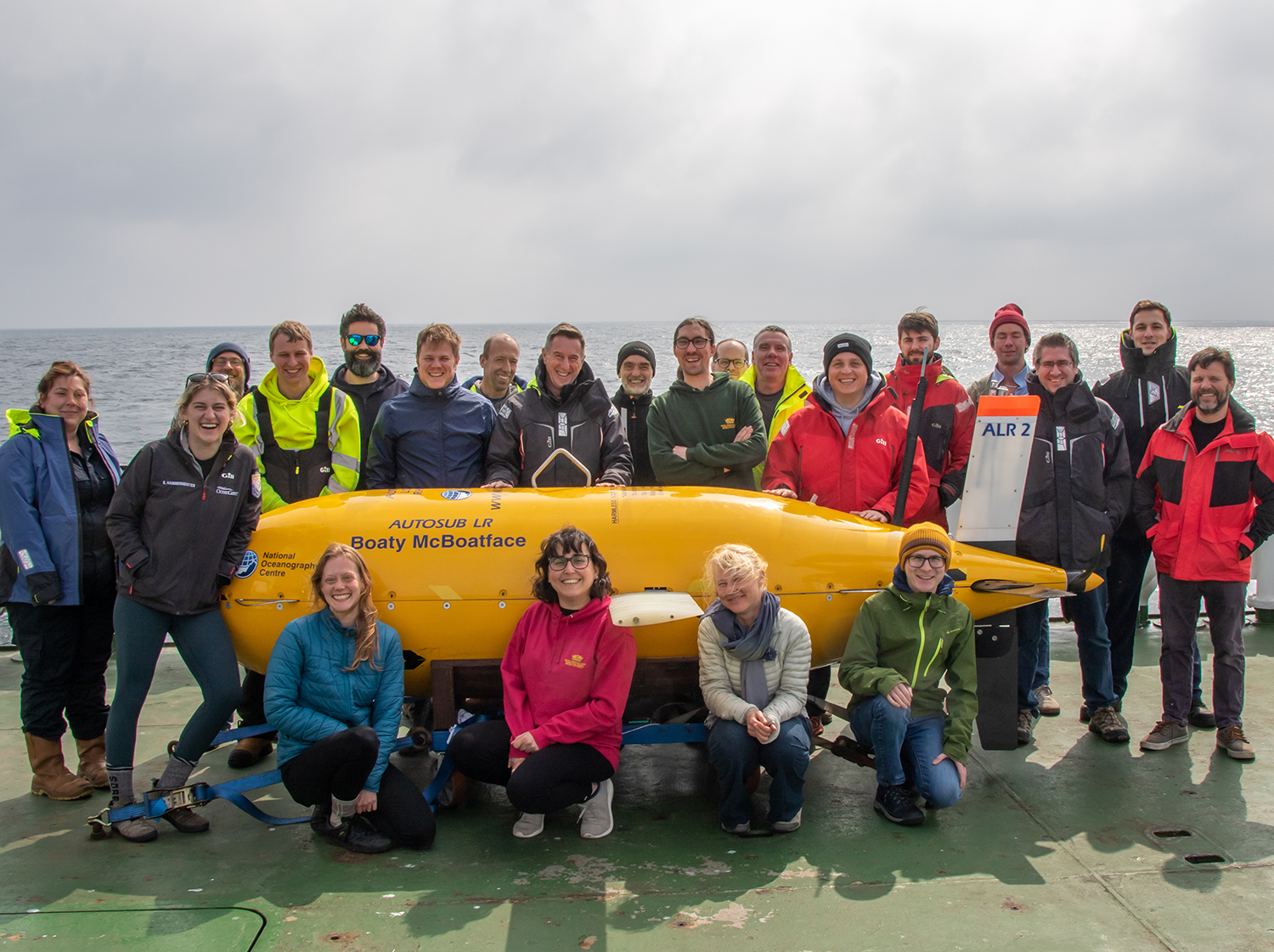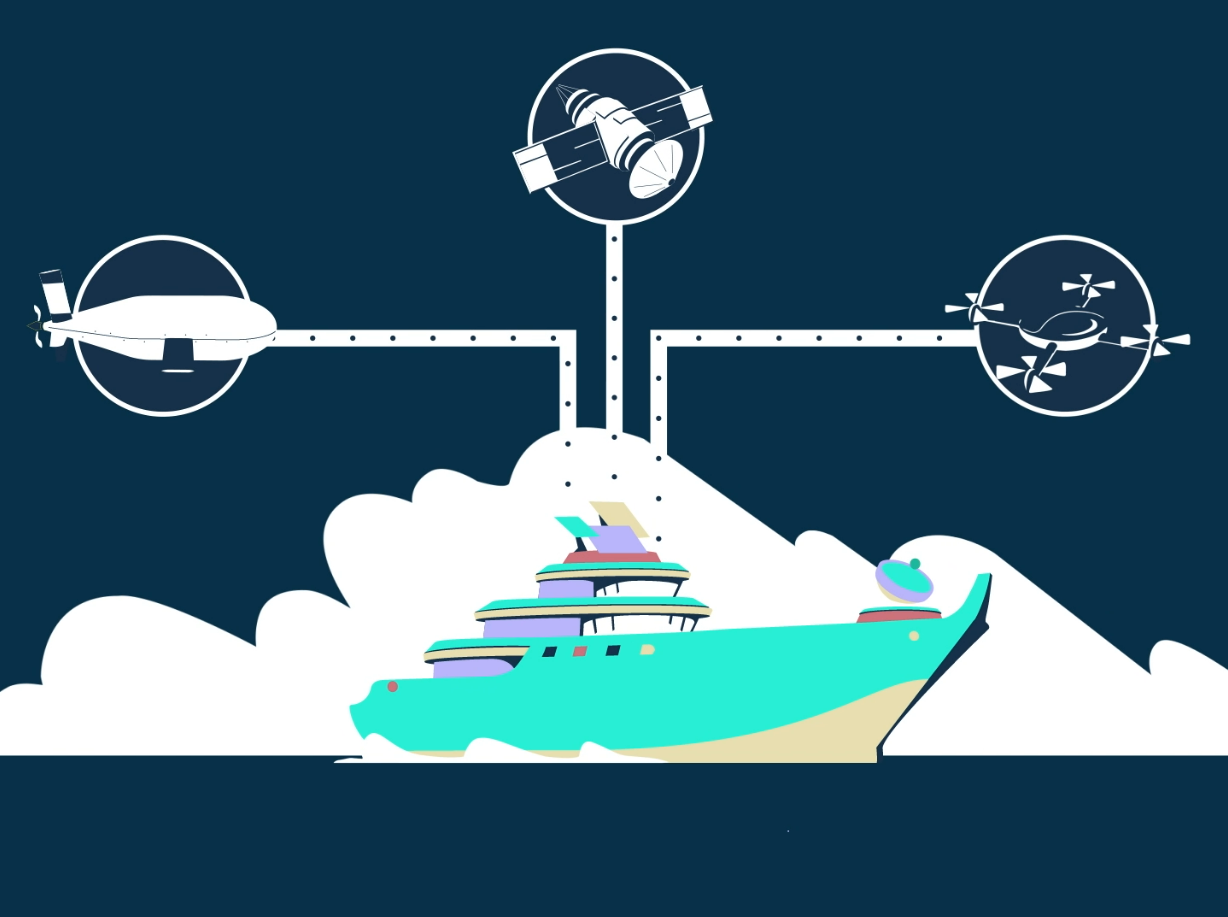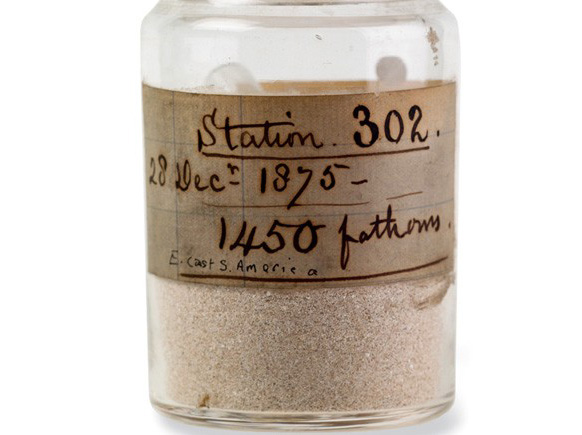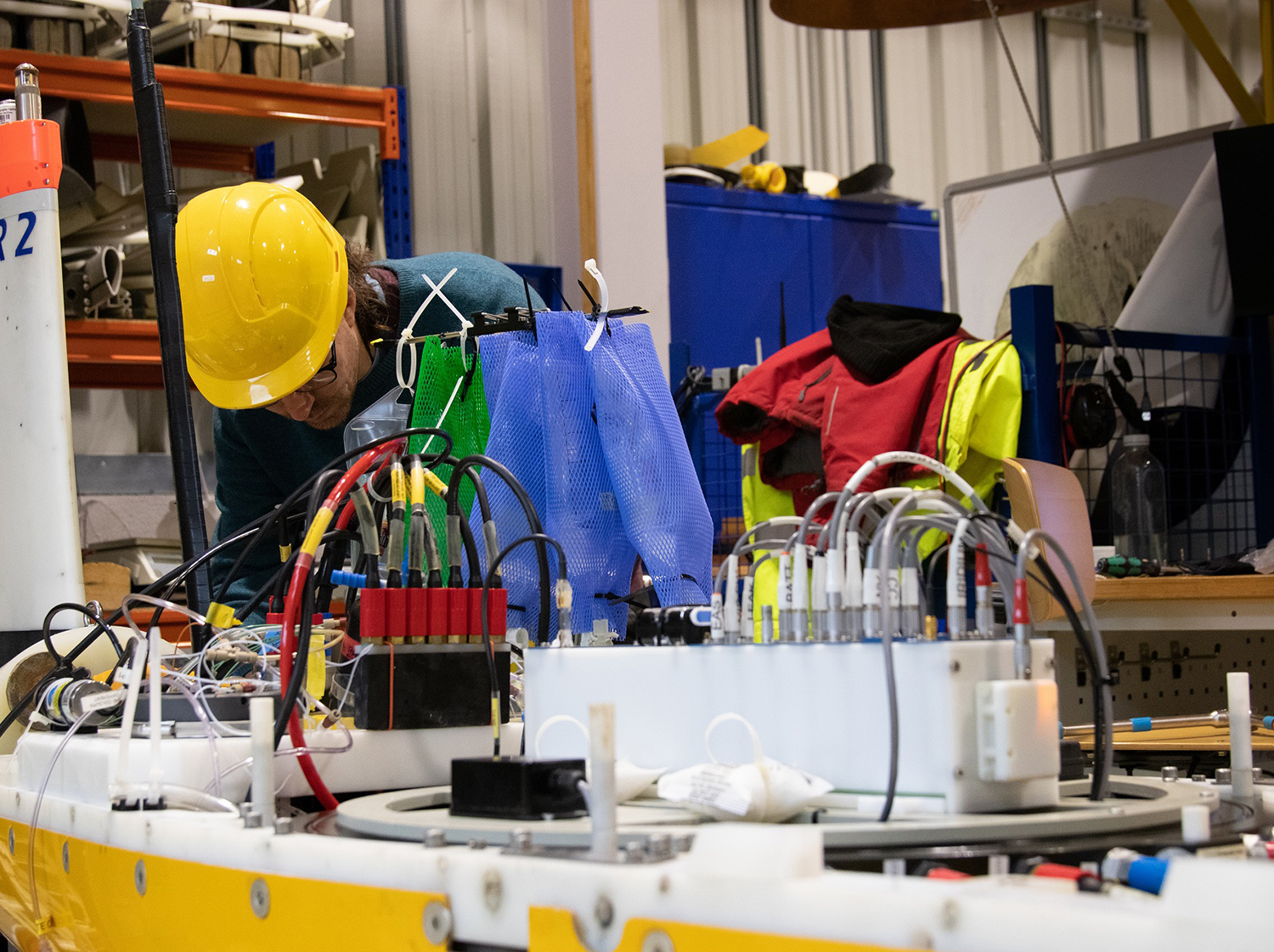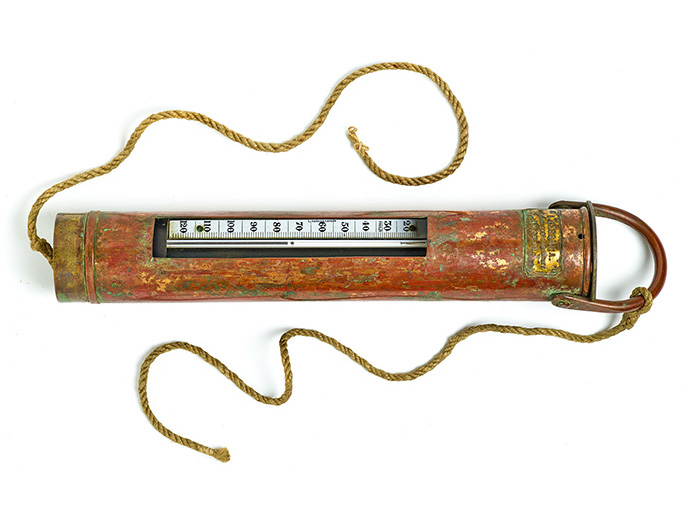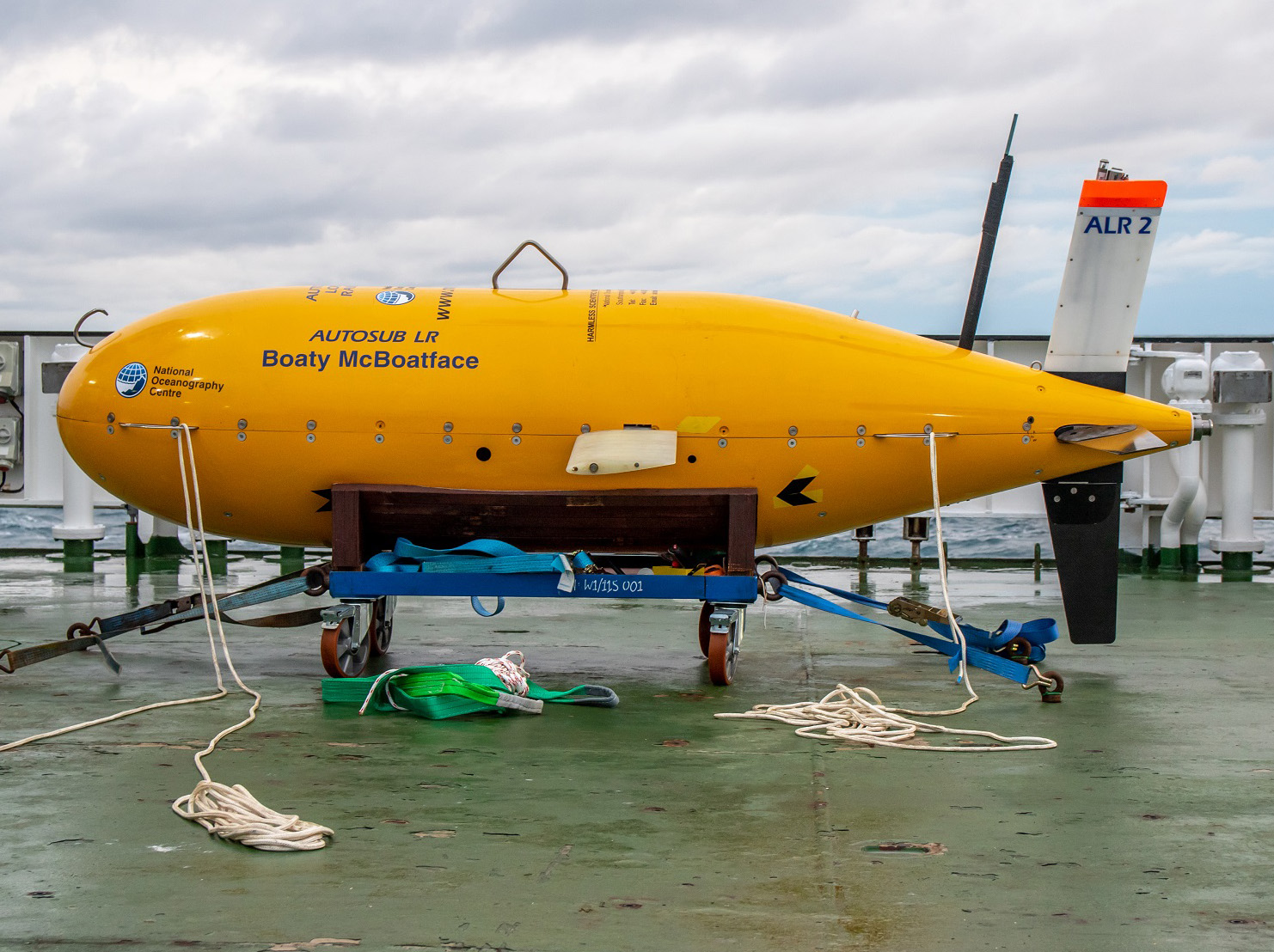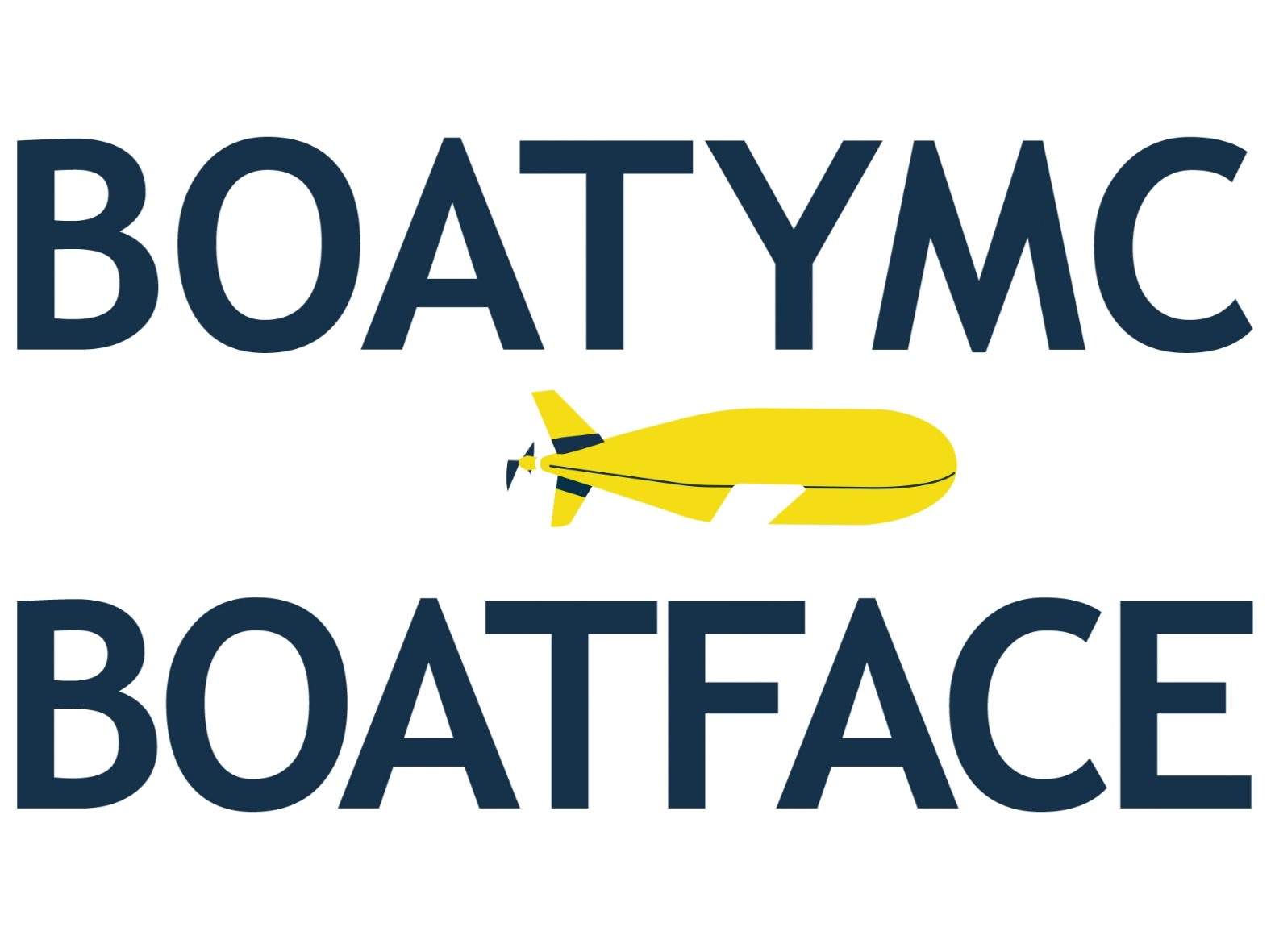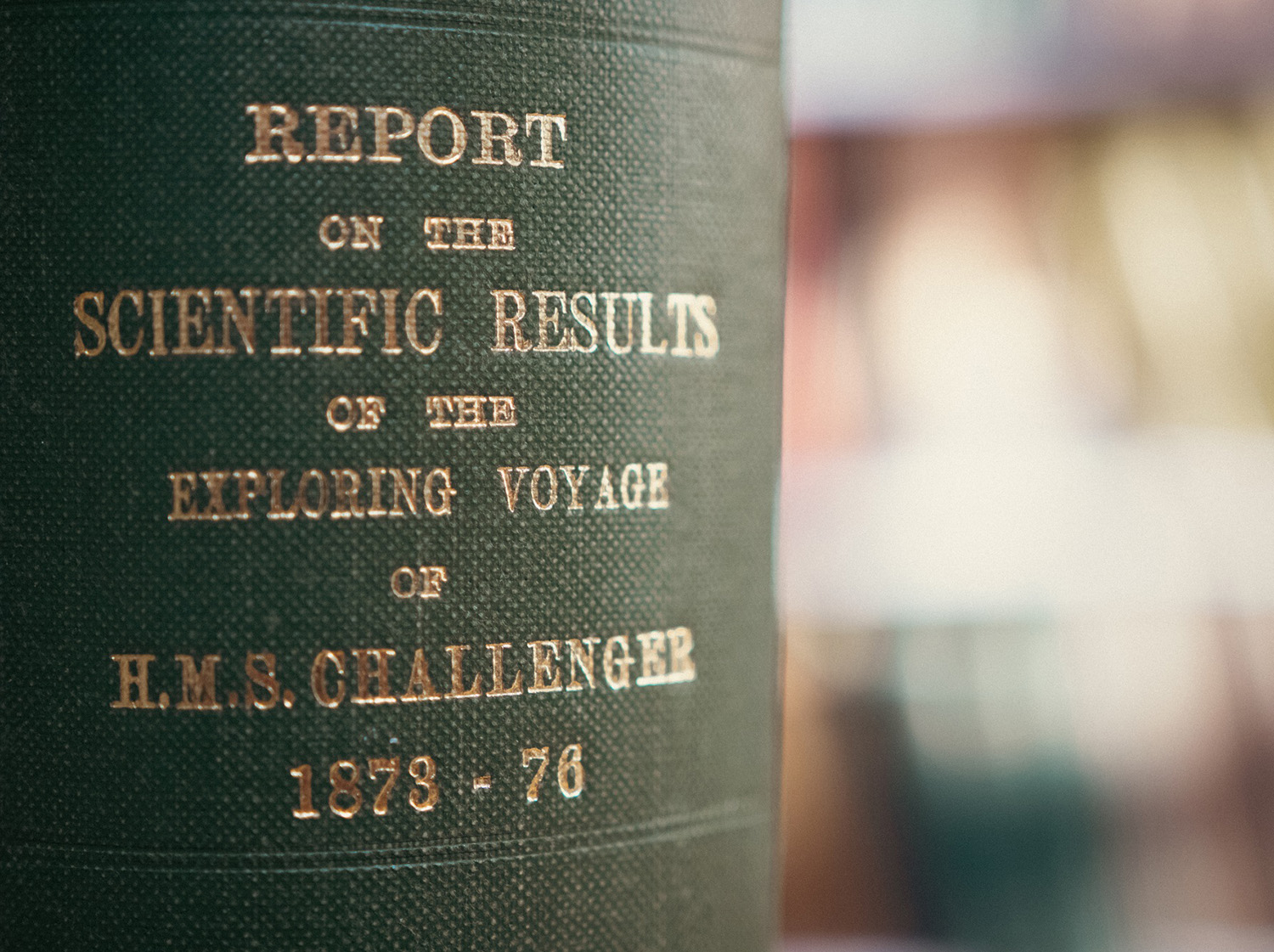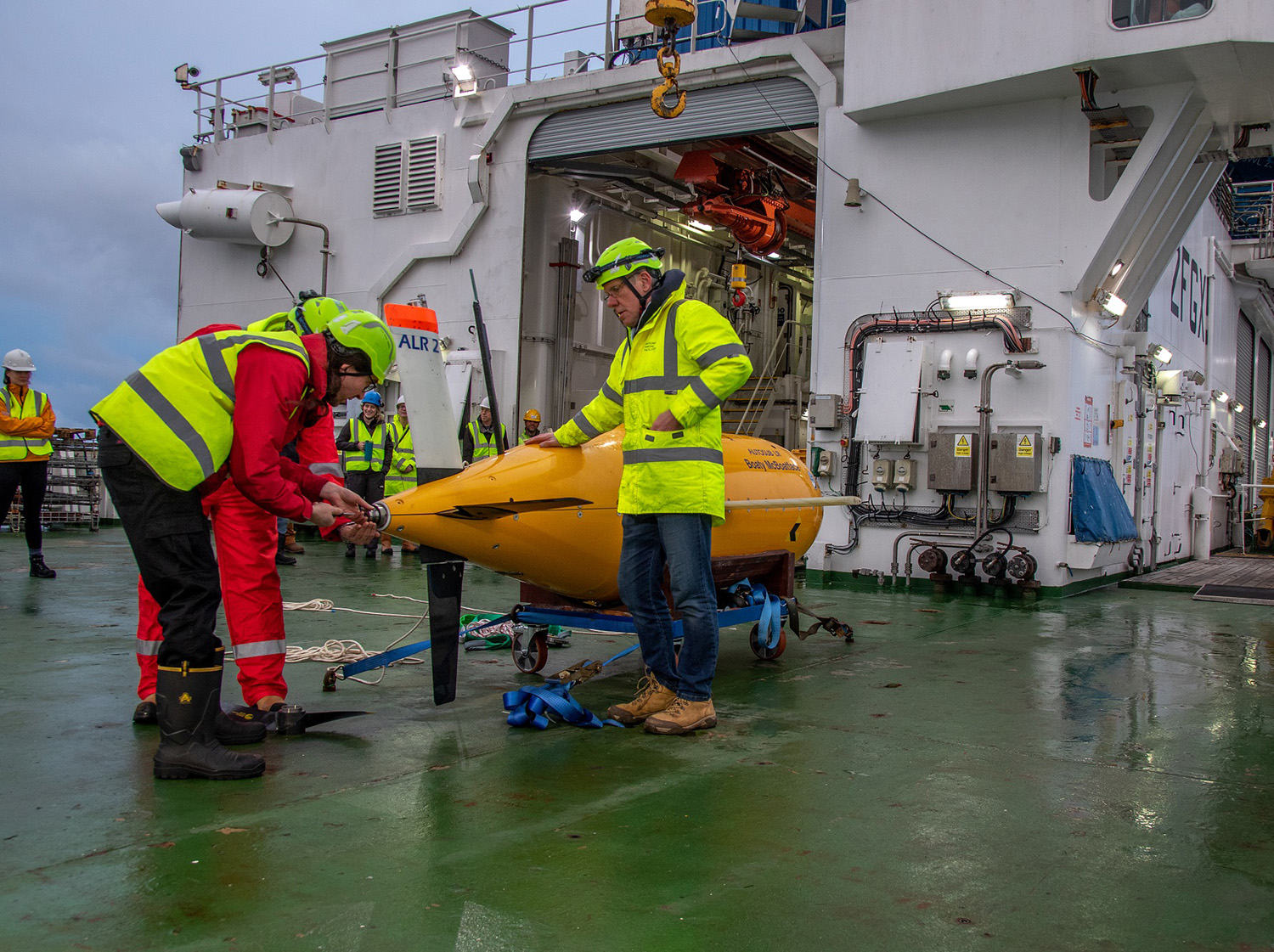Science expeditions have been an integral part of learning about our oceans for a very long time. The National Oceanography Centre currently operates two world-class scientific research vessels, RRS James Cook and RRS Discovery, which have travelled around the world completing important missions and exploring each and every aspect of the ocean. But did you know a lot about how ocean science is carried out is influenced by an expedition that started 150 years ago and did you know about the plans to help oceanography become net zero by 2040?
Our brand new social media campaign, #PastPresentFuture, will explore some of the key aspects of a typical oceanographic expedition from three eras. For the past we’ll be examining the famous Challenger Expedition, the voyage that defined a generation and was a pioneer for physical oceanography. For the present we’ll be focusing on DY149, an expedition that travelled on RRS Discovery to trial a range of sensor technology as part of the Oceanids programme. Finally looking into the future we’ll be breaking down the recently released, NOC-led Net Zero Oceanographic Capability (NZOC) report, which outlines how UK oceanographic capability must transition to become net zero by 2040.
Follow us on Facebook, Twitter and LinkedIn to ensure you don't miss out on some incredible stories and information!
The Ship
-
![HMS Challenger]()
Past
HMS Challenger was a three-masted square-rigged wooden ship 200ft long and weighed in at an incredible 2300 tons. She was essentially a sailing ship even though she possessed an engine of 1200 horsepower. All but two of the ship’s 17 guns had been removed to make way for purpose-built scientific laboratories and workrooms designed specifically for biological, chemical and physical work. Storage space for all the trawls and dredges was also necessary, together with space for the anticipated sample collection.
-
![]()
Present
RRS Discovery is a world-class multidisciplinary research ship specifically designed for the challenges of 21st century oceanography. Delivered to the NOC on the 8 July 2013, the vessel is fitted with the most up-to-date and high-tech instruments and equipment that help support the marine science community as it undertakes research of national and global importance. It features sub-bottom profiling and multi-beam equipment for mapping the seabed and dynamic positioning capability allowing for the use of Remotely Operated Vehicles. Take a virtual tour of RRS Discovery.
-
![]()
Future
One work package of the Net Zero Ocean Capability (NZOC) Report focused on future ship technologies and how current research ships would need to adapt to reach net zero targets. The report recommends that ships use energy efficient measures to cut CO2 by 25%, take advantage of the latest ‘green ship’ technology, enhance autonomy and connectivity with Marine Autonomous Systems (MAS) platforms and the adaptation of ship design to reduce the amount of fuel used. Read more about Work Package 2: Future Ship Technologies.
The Location
-
![]()
Past
Between its departure from Portsmouth, Hampshire in December 1872 and return to Spithead, River Solent on 24 May 1876, the expedition traversed an incredible 68,890 nautical miles spanning 1,250 days. The journey took HMS Challenger to the North and South Atlantic and Pacific Oceans, encountering a range of isolated locations as well as experiencing drift ice in the North Atlantic polar seas and south of the Antarctic Circle. The crew boasted they had visited every continent except Antarctica!
-
![]()
Present
Expedition DY149 took RRS Discovery to waters off the southwest coast of the UK to demonstrate and evaluate three sensor suites for autonomous measurement. The Oceanids programme, a £16M Marine Autonomous Systems (MAS) development programme funded by UK Government and the project this cruise worked under, also regularly trials vehicles and technology in Loch Ness, Scotland due to it being a perfect place to replicate some ocean conditions. Take a look at a video diary from a recent trial up at Loch Ness.
![]()
Future
The further development of cutting-edge Marine Autonomous Systems, including Autosub Long Range, will allow expeditions to explore locations that have previously been unreachable. This includes the deepest parts of the ocean and under ice shelves, which have mainly been beyond the reaches of science due to the risk to life posed by sending people. Autonomous vehicles will greatly reduce the risks and will be able to stay in dangerous locations for longer while crew and scientists can harvest information within the safety of a research vessel or potentially remotely.
The Crew
![]()
Past
The commanding officer for the expedition was Captain George Nares, with approximately 20 naval officers including surgeons and engineers and 200 crew. Due to the work being carried out the ship’s crew were joined by six civilian staff and scientists under the direction of Wyville Thomson, who later received a Knighthood for his work on the expedition. This included John Murray and Henry N. Mosely (Naturalists), John Buchanan (Chemist/Physicist) and J.J. Wild (Artist). It was an incredible achievement at the time to commit this many people for such a long journey.
![]()
Present
NOC engineers and scientists from Marine Autonomous and Robotic Systems (MARS) and Ocean Technology and Engineering (OTE) were joined by the University of Southampton on expedition DY149. As part of the Oceanids programme, partners at the NOC, the University of Southampton and University of Exeter have been been developing a suite of novel sensors capable of high-quality, real-time analysis of a wide range of biogeochemical parameters in the ocean. It's common for the NOC to collaborate on research expeditions with other organisations.
![]()
Future
One work package identified in the NZOC report has made the recommendation that available bandwidth on research vessels should be significantly increased to support remote participation and outreach activities wherever possible, in order to encourage further collaboration with organisations over the world despite logistical limitations like timezones and travel. The report also highlights the importance of using unmanned and remotely operated vehicles in future science expeditions. Read more about Work Package 1: Future Science Requirements here.
The Science and Research
![]()
Past
Wyville Thomson reported that HMS Challenger had made 362 sample/observations stations ‘at intervals as nearly uniform as possible’. A range of different observations were made including exact depths, the direction and rate of surface currents, water temperatures and bottom fauna samples. Alongside these observations hundreds of specimens, from tiny shellfish to large ocean-going sharks, were collected and eventually dispersed among scientific institutions across the world. These specimens vastly increased human knowledge of what lived so far below the surface.
![]()
Present
Expedition DY149 was part of the Oceanids Programme, a NOC-coordinated project to enhance capability for the UK marine science community through Marine Autonomous Systems (MAS). This expedition had 3 main objectives all relating to sensor technology: Demonstrate sensors integrated into an Autosub, use sensors to obtain a description of a marine setting of scientific interest and compare the AUV’s sensors performance to the ship-based approach. These trials will be crucial in the further development of Marine Autonomous Systems.
![]()
Future
With the world becoming more and more digital, science is now being made more accessible online for people around the world to access. One recommendation detailed in the NZOC report is that both observational scientists and modellers should be involved to advocate for optimum value from the data and to set part of the groundwork for the shift to a digital twin of the ocean. The NOC are a part of the Digital Twins of the Ocean (DITTO) programme, to find out more visit the project website here.
The Equipment
![]()
Past
HMS Challenger was packed with a diverse range of equipment. This included temperature gauges, barometers and dredging equipment. The crew also took thousands of air-tight bottles and boxes ready for the collection of samples and specimens from their travels. Alongside this larger glass specimen jars and preserving alcohol was also onboard to ensure the specimens collected would be preserved throughout the journey and beyond. There was also rope – no less than 180 miles worth! It was enough to stretch from London to the Channel Islands.
![]()
Present
The sensors used to collect data on the Ocean are carried by the NOC's fleet of Autonomous Underwater Vehicles (AUV); the development of which celebrated it's 25th anniversary in 2021. In that time the NOC has been at the forefront of the development of AUV's and has been across the world testing and fine tuning the engineering. Autosub Long Range, known around the world as Boaty McBoatface, travelled with the crew on DY149 to house the range of sensors on trial. Click here to find out more about the Autosub programme.
![]()
Future
The ability to undertake more complex behaviours and thereby increasing capability is the key in the further development of Marine Autonomous Systems (MAS), hence the NOC-developed Onboard-Control-System (OCS) and shore side Command and Control (C2) systems will need to be further developed. In addition to this, work has recently been done to extend autonomous operation times of vehicles like Autosub Long Range from days to weeks. Read more about Work Package 3: Future Marine Autonomous Systems here.
The Discoveries
![]()
Past
One of the most astounding discoveries of the Challenger Expedition was stumbling across the famous Mariana Trench. A sounding measured a depth of 4,475 fathoms (26,850ft or 8.1km), the deepest part of the ocean yet to be discovered and today known as the ‘Challenger Deep’. The full report containing all of the findings of the expedition took a mammoth 23 years to complete and comprised of 50 separate volumes. The Challenger Expedition laid the cornerstone of scientific oceanography, and was described by John Murray in 1895 as ‘the greatest advance in the knowledge of our planet since the celebrated discoveries of the fifteenth and sixteenth centuries’.
![]()
Present
The sensors on trial during DY149 aimed to further show their capability for future autonomous missions anywhere in the ocean and the value of the entire sensor-vehicle platform as a novel scientific tool. Integrated on robotic platforms such as the ALR, these sensors provide a powerful tool for observing and, therefore, understanding the ocean ecosystem, enabling evidence-based policy decision-making for CO2 emission reduction, ecosystem management and climate change mitigation.
![]()
Future
The findings of the NZOC Report are all pushing towards UK Research and Innovation's target of becoming net zero by 2040. The report provides recommendations that will lay the foundations for ongoing reductions in carbon equivalent (CO2e) emissions from the current research infrastructure and embed sustainability across key parts of oceanographic research. The review was split into six key areas: future scientific requirements; future policy and regulation; future research ships; future autonomous platforms; future sensors and a future data ecosystem. Read the report here.
There are a number of resources available on our website that related to scientific expeditions and oceanography that relate to the subjects above including:
- MFP Programme – track where RRS Discovery and RRS James Cook are and what expeditions they are currently on.
- RRS James Cook and RRS Discovery Virtual Tours – take an in-depth tour of both of our research ships from the comfort of your own home.
- Net Zero Oceanographic Capability (NZOC) Online Resource – take a look at all of the key findings and recommendations of the NZOC report.
- NZOC Animation – find out all you need to know about our net zero targets from this handy animated video.
Starting on Monday 5 September 2022, the Challenger Society will celebrate the 150th anniversary of the Challenger Expedition at 'Challenger 150: The Challenger Society Conference 2022'. The conference will include plenary sessions covering the very latest research in oceanography and a wide variety of special science sessions covering the physical, biological and chemical oceanography, marine conservation and biodiversity and marine geology and geophysics. The conference is hosted by the Natural History Museum and Imperial College London.
Visit the Natural History Museum website to register to attend today!
